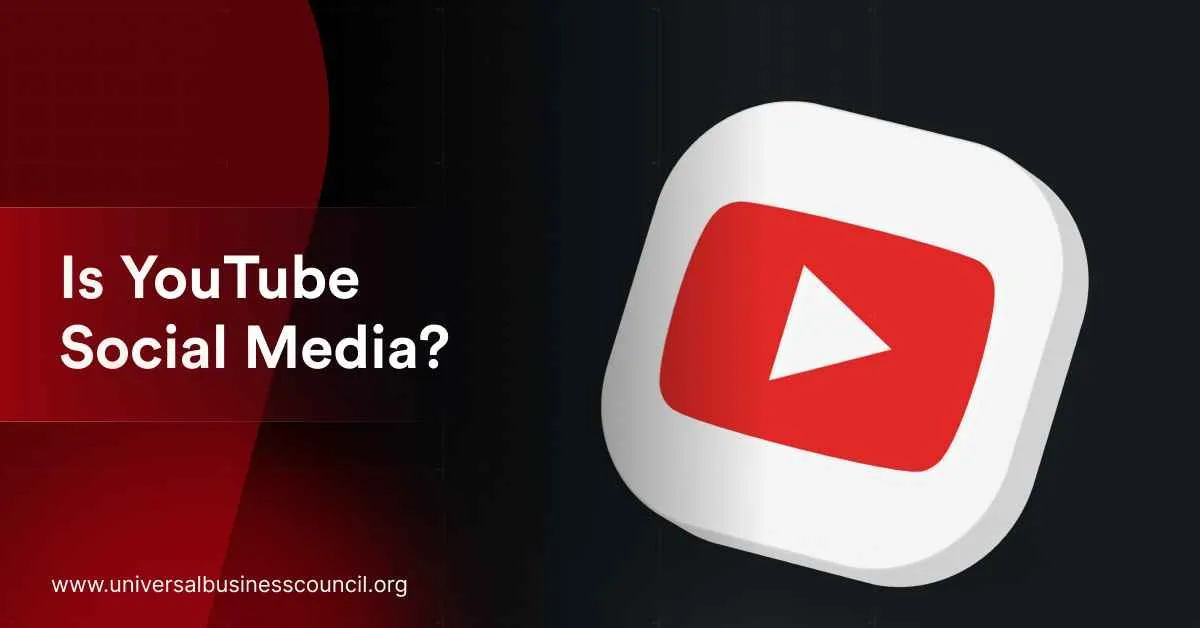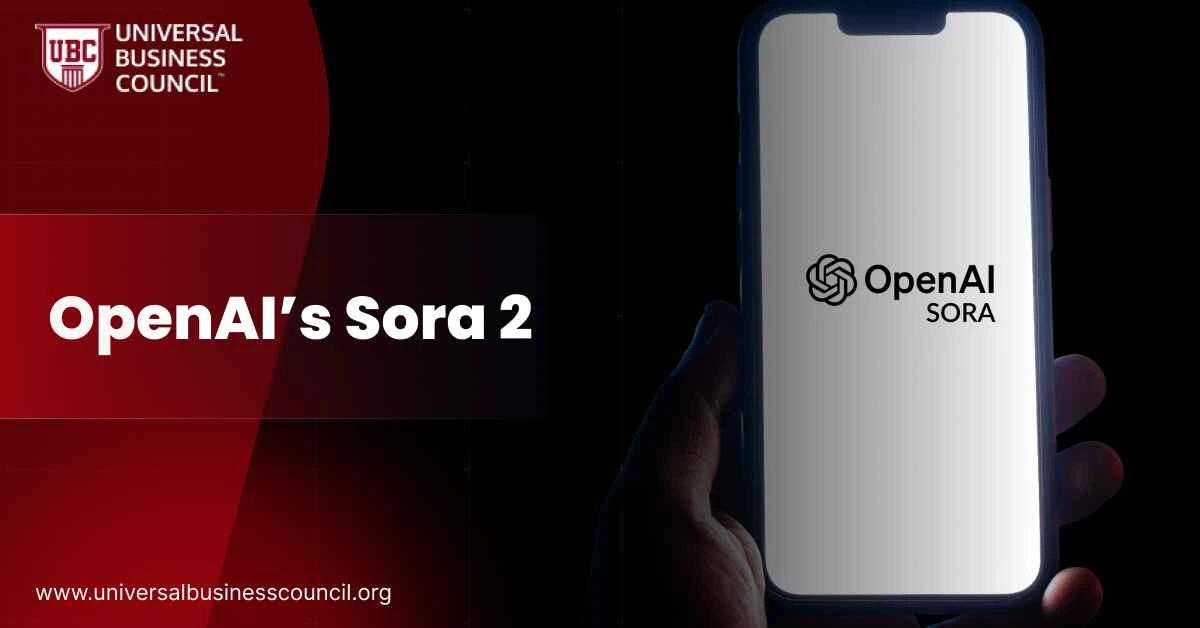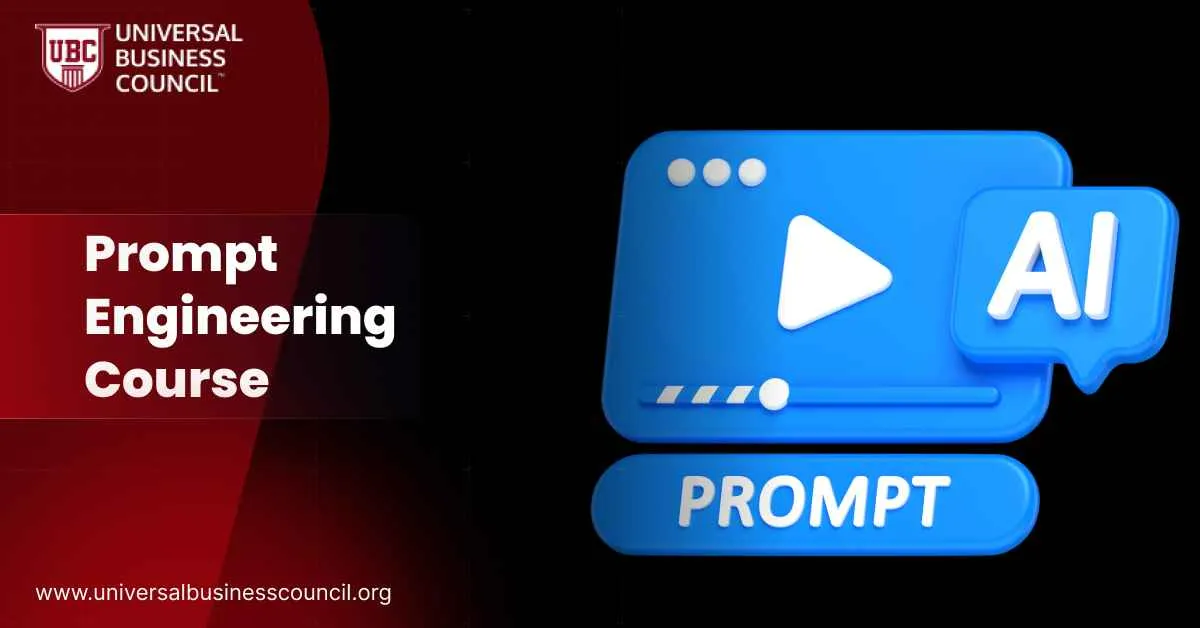 Yes, YouTube is widely recognized as a social media platform. It allows users to create and share content, interact through comments, likes, and community posts, and build subscriber networks. While some argue that YouTube is mainly a video-sharing site or even a search engine, its social features make it function like other major platforms such as Facebook or Instagram.
If you are learning how platforms like YouTube shape marketing strategies and audience engagement, a strong starting point is the Marketing and Business Certification. It provides practical knowledge on using digital platforms for communication, growth, and brand building.
Yes, YouTube is widely recognized as a social media platform. It allows users to create and share content, interact through comments, likes, and community posts, and build subscriber networks. While some argue that YouTube is mainly a video-sharing site or even a search engine, its social features make it function like other major platforms such as Facebook or Instagram.
If you are learning how platforms like YouTube shape marketing strategies and audience engagement, a strong starting point is the Marketing and Business Certification. It provides practical knowledge on using digital platforms for communication, growth, and brand building.
Why YouTube Fits the Definition of Social Media
At its core, social media is about connecting people through user-generated content and interaction. YouTube ticks all these boxes:- Anyone can upload and publish videos.
- Viewers interact with creators through comments, likes, and shares.
- Community posts, polls, and live chats create two-way engagement.
- Subscriptions create ongoing relationships similar to following someone on other networks.
The Case Against Calling YouTube Social Media
Despite these features, YouTube’s leadership has sometimes resisted the label. Former and current executives have said it is not “social media” in the traditional sense, but rather a place for people to consume video and connect with creators, not necessarily friends. Public opinion also reflects this divide. Surveys show that many users see YouTube as different from apps like Instagram or TikTok. In the UK, about half of respondents said they do not consider YouTube a social platform.YouTube as a Hybrid Platform
YouTube is unique because it blends elements of multiple platforms:- As a search engine: It is the second largest after Google, helping people find how-to guides, reviews, and entertainment.
- As social media: It enables interactions, sharing, and parasocial relationships with creators.
- As a streaming service: It competes with Netflix and Spotify for video and audio consumption.
YouTube vs Other Social Media Platforms
| Platform | Content Type | Core Interaction Style | Audience Scale | Primary Use Case |
| YouTube | Video | Comments, shares, subs | 2.7B+ users | Entertainment, education |
| Images/Video | Likes, stories, DMs | 2B+ users | Lifestyle, visual content | |
| TikTok | Short video | Likes, duets, shares | 1.5B+ users | Trends, short entertainment |
| Mixed posts | Comments, groups | 3B+ users | Social connection |
Legal and Policy Views
Governments and regulators are also weighing in. In Australia, new legislation defines YouTube as a social media platform. This brings it under new age restrictions and regulatory rules beginning in December 2025. YouTube has pushed back against this, insisting it should be viewed as a video-sharing platform. Such debates matter because classification affects privacy rules, ad policies, and child protection measures.Audience Behavior and Community
One of the strongest cases for YouTube as social media is how people use it. Features such as:- Parasocial relationships: Viewers feel connected to creators they watch regularly.
- Community posts: Creators can interact even without uploading videos.
- Engagement tools: Likes, shares, and live chats all drive conversation.
Arguments For and Against YouTube as Social Media
| Perspective | Viewpoint | Reasoning |
| Experts & Analysts | Yes | Offers user content, interaction, subscriptions |
| YouTube Executives | No | Focuses on video consumption more than friend connection |
| Public Opinion (UK) | Split | Many do not view it as a typical social platform |
| Policymakers (Australia) | Yes | Classified legally as social media for regulation |



